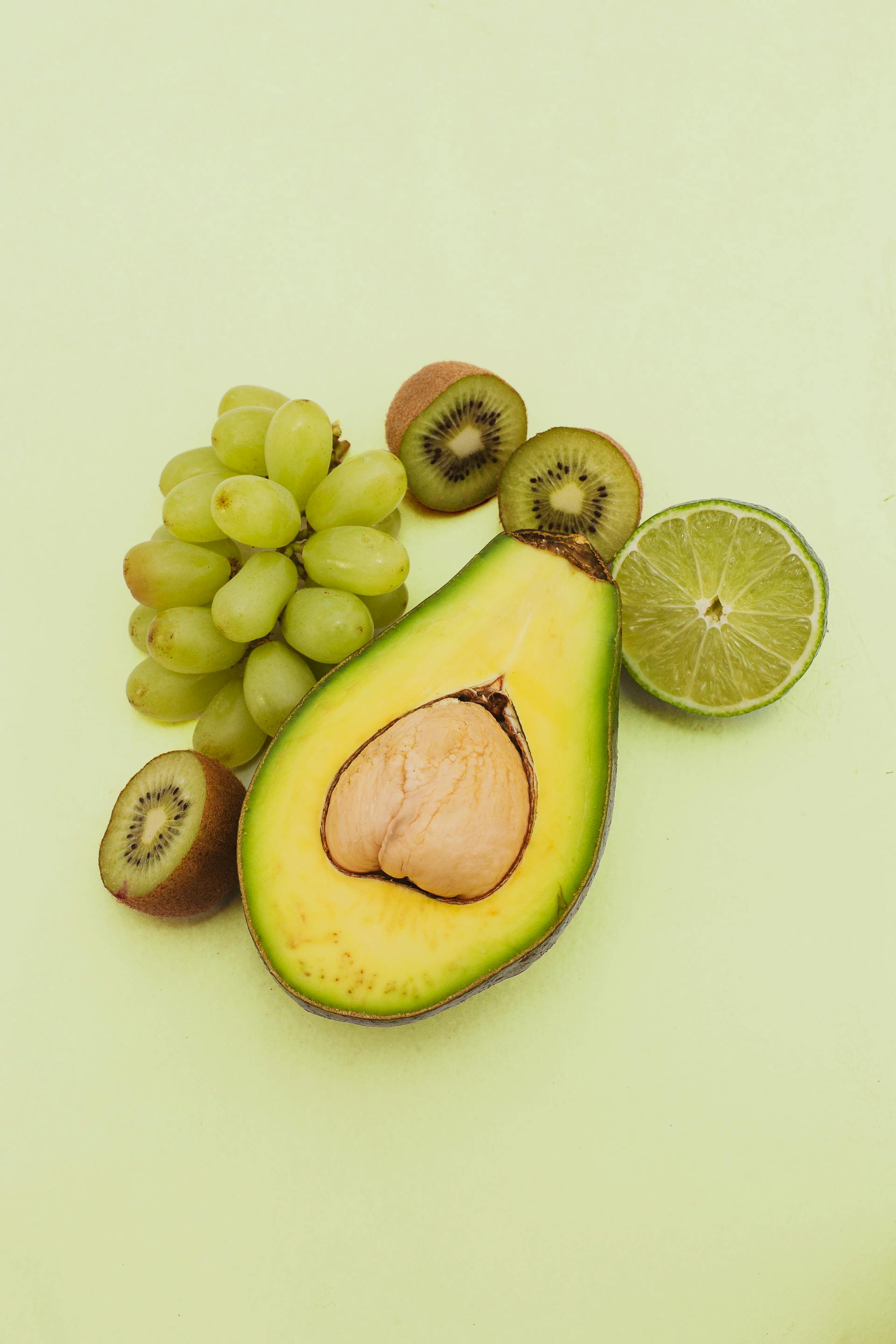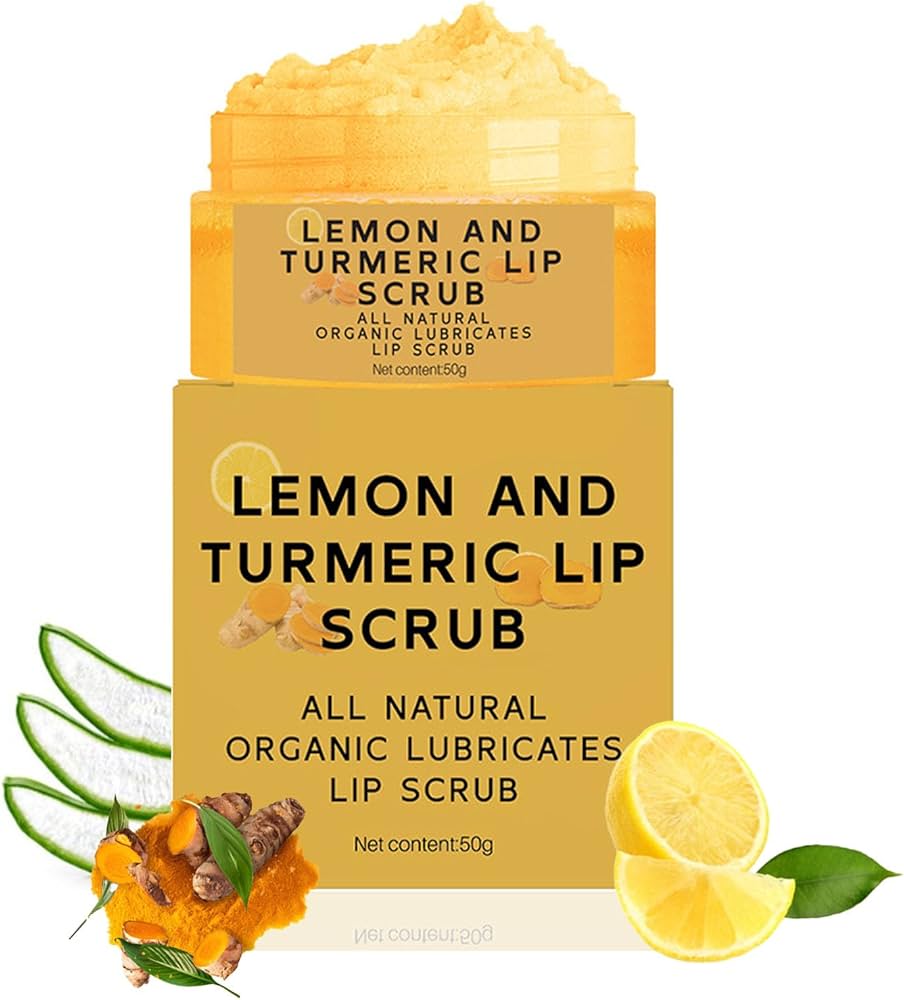
How to Properly Bread Fish: 5 Effective Methods for Delicious Results in 2025
Frying fish is a delightful culinary tradition that can yield delicious results, particularly when done with the right breading techniques. Whether you're looking to make classic fish and chips or want to experiment with gluten-free options, understanding how to properly bread fish is essential for achieving that crispy, flavorful coating. In this comprehensive guide, we will explore various fish breading techniques and ingredients that enhance flavor, provide step-by-step methods for home preparation, and tips for frying fish safely to perfection. From seasoned flour to panko crusted options, we have got you covered. Join us as we delve into the best breading for fish and explore effective ways to elevate your fish frying game.
In this article, you will discover:
- The benefits of properly breading fish.
- The five essential methods for breading fish.
- Tips on achieving the perfect crispy fish coating.
- Seasoning techniques to enhance flavors.
- Outdoor and indoor frying techniques for delicious homemade fish fry recipes.
Essential Tips for Breading Fish at Home
Before diving into the various breading methods, it's vital to understand the importance of proper fish preparation and safety in the kitchen. Following best practices not only aids in achieving the desired texture but also enhances flavors significantly. Here are some essential tips:
Choosing the Right Fish for Frying
Selecting the right type of fish makes a crucial difference in the overall frying experience. Popular varieties for frying include cod, tilapia, and catfish, which are known for their flaky textures. Freshness is paramount; always choose high-quality fish to avoid off-flavors and ensure a tender coat when frying. If you're interested in exploring various fish types, consider this guide on fish varieties.
Preparing Fish for Breading
Before breading, rinse the fish under cold water and pat it dry with paper towels. Moisture on the surface can lead to a soggy coating. For more flavor, consider marinating your fish in herbs and spices or soaking in a buttermilk mixture for an hour prior to breading.
Essential Tools for Breading
Having the right tools can make your breading process smoother. You will need three shallow dishes: one for seasoned flour, another for the egg wash (beaten eggs mixed with a splash of water or milk), and a third for your chosen breading mix — whether that’s breadcrumbs, panko, or cornmeal. Ensure your frying equipment, such as deep fryers or skillets, are properly maintained for best results.
5 Effective Breading Methods for Fish
Now that you're prepped, it's time to delve into various breading techniques. Each offers unique flavors and textures, so feel free to experiment based on what appeals to you.
Classic Seasoned Flour Breading
This method utilizes a simple mix of all-purpose flour and a blend of seasonings. Combine 1 cup of flour with salt, pepper, garlic powder, and paprika. Dredge each fish fillet in the mixture before dipping it into the egg wash. This classic method creates a light, crispy outer layer and is a foundation for numerous recipes.
Panko Crusted Fish
For a crunchier finish, panko breadcrumbs are the way to go. Prepare your fish by seasoning it, then coat it with flour, dip it in egg wash, and finally roll it in panko. Panko, which is Japanese-style breadcrumb, tends to create a lighter and airier crust. You can also enhance the flavor by mixing in herbs or spices directly with the panko.
Cornmeal Breading
Cornmeal breading is a staple in Southern-style fried fish recipes. Combine equal proportions of cornmeal and flour, and add spices to taste. This adds a wonderful texture and a slightly sweet flavor that pairs impeccably with white fish. This method is particularly great for frying catfish or tilapia.
Light Breading with Batter
Batter offers a more substantial coating and is excellent for those who enjoy a thicker texture. A simple batter can be made using 1 cup of flour, 1 cup of cold water, and a pinch of salt. Dip the fish into the batter and fry until golden. This method works brilliantly for creating a classic fish fry experience.
Gluten-Free Bread Options
For those following a gluten-free diet, almond flour or chickpea flour are ideal substitutes for traditional flour in breading. Be sure to season them with your choice of spices to maintain flavor. This creates a nutritious alternative while still delivering a satisfying crunch. For gluten-free recipes, check this gluten-free breading guide.
Frying Techniques for Crispy Fish
Once your fish is aptly breaded, frying is the next crucial step. The technique used can significantly impact the fish's final texture and taste.
Choosing the Right Oil for Frying
Varieties of oil affect both flavor and health. Vegetable oil, canola oil, or peanut oil are excellent choices due to their high smoke points and neutral flavors. Keep in mind that you want to achieve a frying temperature of about 350°F to 375°F for optimal results.
Maintaining Oil Temperature
Using a thermometer can help you keep the oil at a consistent temperature. Adding fish too early can cool the oil down, leading to soggy breading. Fry in small batches to avoid overcrowding the pan. A key indication of doneness is a golden brown color; typically, fish should fry for 4-6 minutes per side depending on the fillet thickness.
Safe Frying Practices
Cooking fish safely means monitoring the oil temperature, keeping a fire extinguisher handy, and avoiding splashes. If you’re frying indoors, ensure proper ventilation to avoid smoke build-up. Use a long slotted spatula for safely flipping fish during cooking.
Serving and Pairing Your Fried Fish
Once your fish is perfectly fried, presentation and serving ideas become essential in enhancing the overall experience.
Creative Serving Ideas
Serving fish with sides such as coleslaw, fries, or tartar sauce boosts its appeal. You can also pair your fried fish with light salads or seasonal vegetables to create a well-rounded meal. Consider presentation by garnishing with lemon wedges or fresh herbs for a professional touch that elevates your DIY fried fish.
Unique Dipping Sauces
Enhance the flavor of your fried fish with unique homemade sauces. For a tangy kick, a mix of mayonnaise, lemon juice, and dill makes an excellent tartar sauce. Alternatively, a spicy remoulade or a simple garlic aioli will have guests raving about your culinary skills.
Exploring Fish Fry Variations
Don’t hesitate to be adventurous. Experiment with different spices, breading techniques, or fish types to find your family’s favorites. Utilizing various cooking methods such as baking or air frying can also yield healthier options while still providing that cherished crunch.
Frequently Asked Questions About Breading Fish
What is the best breading for fish?
The best breading largely depends on personal preference. Panko tends to give a crunchier texture, while seasoned flour can provide a classic, crispy finish. Consider using cornmeal or gluten-free alternatives for different flavors.
How can I make fish crunchy?
Achieving a crunchy texture starts with proper breading techniques and maintaining a consistent oil temperature during frying. Ensure that your coating is dry and lightly crisped before taking the fish out of the oil.
Can I bread fish ahead of time?
Yes! You can prepare and bread the fish a few hours in advance. Just remember to refrigerate until ready to fry to ensure the coating sticks well when frying.
What are some healthy breading options?
For healthy breading, consider using whole grain flours, almond flour, or even ground flaxseed. These alternatives provide nutrients while keeping the delicious crunch you seek.
How do I avoid soggy breading?
Soggy breading often results from excess moisture on the fish before frying. Also, frying at too low a temperature can cause the breading to soak up oil. Properly preheating your oil and allowing the fish to dry beforehand can help prevent this issue.
Conclusion
Mastering the art of breading fish opens the door to a wide range of culinary possibilities. By following these effective methods and tips for achieving crispy fish coatings, you can create delightful meals that satisfy your palate. Whether you’re preparing a traditional Southern fish fry or experimenting with gluten-free options, your homemade fried fish can be a true showstopper.
Now grab your tools, choose your favorite methods, and get ready to enjoy some deliciously fried fish!

